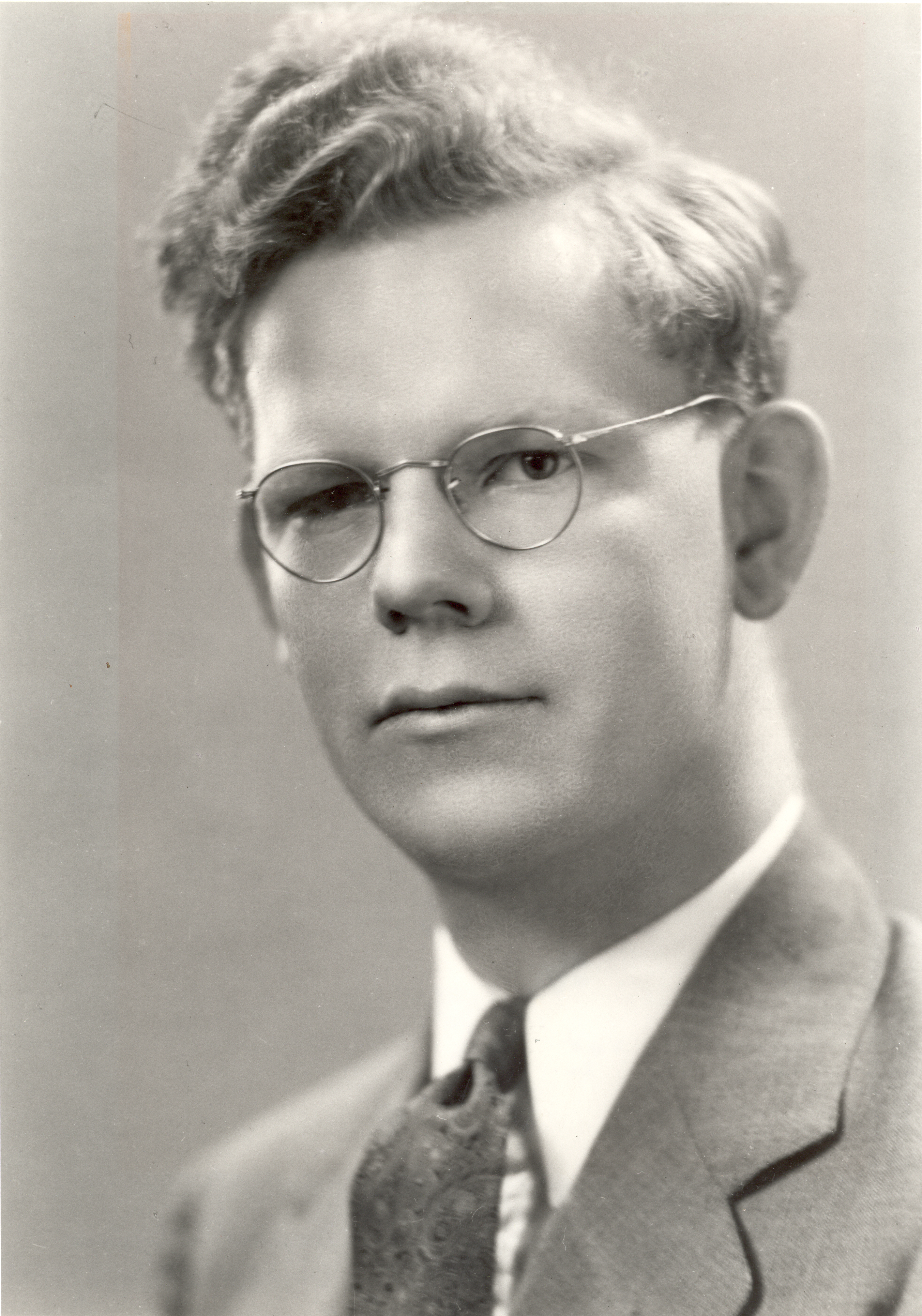The creator of modern ecosystem science theory

Raymond Lindeman was a University of Minnesota graduate student whose research defined ecosystem science.
Although Lindeman’s life was tragically short, his work launched a new era in biology and continues to inspire ecologists today. On Thursday, June 5, 2008 the Raymond Lindeman Research and Discovery Center was dedicated at Cedar Creek Ecosystem Science Reserve to honor his memory.
Before Lindeman, ecologists focused on classification and characteristics of plant and animal species. He shifted the focus to ecosystems by showing how organisms depend on each other and their environment for survival.
Raymond Lindeman began collecting data for his doctoral thesis at Cedar Creek in 1936 and received his Ph.D. in zoology from the University of Minnesota in March of 1941. His thesis provided revolutionary new insights into how energy and nutrients move through ecosystems, beginning with photosynthesis and traveling up the food chain.
Lindeman contracted a rare liver disease in 1937, but recovered sufficiently to continue his work with assistance from his wife, Eleanor Hall Lindeman. Eleanor helped Ray gather specimens and identify diatom microfossils. She ultimately became his research partner.
In April of 1941, Lindeman began postdoctoral studies at Yale University with G. Evelyn Hutchinson, known as the “dean of American limnologists.”
Prior to arriving at Yale, Lindeman began publishing his thesis, which he divided into six sections, in professional journals. Each section became an article. Hutchinson helped him revise the last paper, “The Trophic Dynamic Aspect Ecology,” for publication.
Lindeman submitted his final paper to the journal Ecology in the fall of 1941. It was rejected for being too theoretical and not providing enough supporting evidence.
Meanwhile, Lindeman’s illness returned and he was hospitalized for three weeks. His condition was diagnosed as cirrhosis of the liver of unknown etiology. Nevertheless, he revised his paper and resubmitted it to Ecology in December of 1941. Hutchinson and others intervened on Lindeman’s behalf and encouraged the editors to publish it.
Lindeman’s health continued to fail through the spring of 1942. He was unable to continue his work and his prognosis was poor. His Eleanor immersed herself in his research so that she could carry on for him. Raymond Lindeman died on June 29, 1942 at the age of 27.
“Trophic Dynamic Aspect of Ecology” was published by Ecology in October, 1942.
Shortly after his death, Hutchinson called Lindeman “one of the most creative and generous minds yet to devote itself to ecological science.”
“Trophic-Dynamic Aspect of Ecology continues to be considered one of the foundational papers in ecology. And ecologists continue to visit Cedar Creek to see the place where Lindeman worked.
Related: